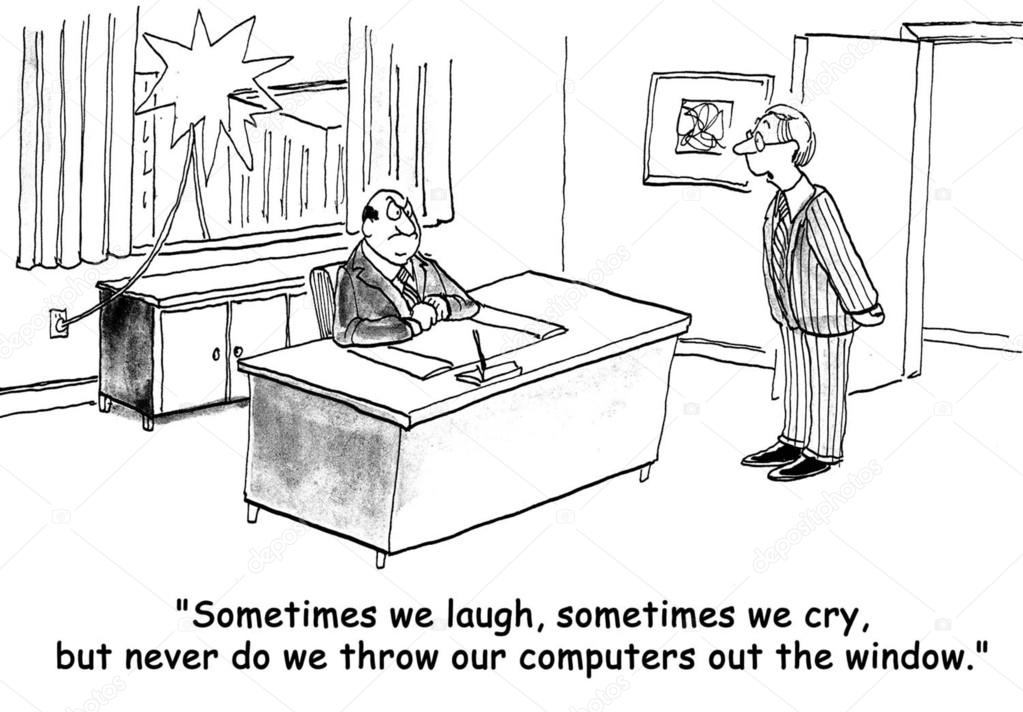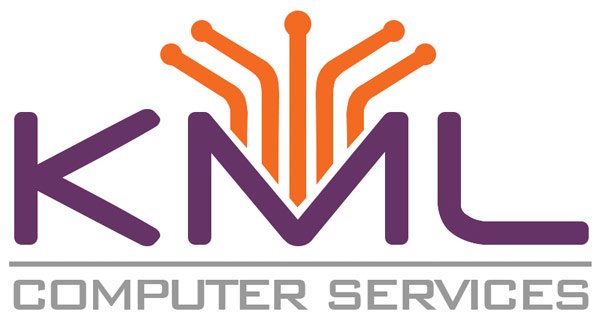
Imagine a stock investment that saves you money and grows your portfolio at the same time. It doesn’t seem possible but that is exactly what a managed IT strategy can do for your business, starting with these four simple steps.
1. Invest in Technology – Real-Time Collaboration Is Really Important
Older technology and old-school work methods hurt your business performance as well as your employees’ morale. Employees want to be able to do their jobs as efficiently as you want them to, but when they don’t have the tools they need, they can become frustrated. At a minimum, your employees should be working in real-time together, syncing and storing in one place. There are a variety of tools and solutions to help your team collaborate which results in a higher, more productive outcome.
2. Stop the Workarounds – Time Is Money
Imagine living without your phone or computer for a day or two. You may come up with some workarounds to help you ‘get by’ or ‘make do’. Equipment has a life cycle, breakdowns, repairs, and changes are frustrating time wasters. It is usually best to stop putting on Band-Aids, rather than fix the wounds. Every time an employee has to stop what they are doing to ‘reboot’ or ‘find a file’ in the old system, your company is losing money.
3. Periodic Maintenance – Prevention Is the Best Medicine
Just like your car, computers need service and maintenance to keep running smoothly and prolong their life. Three simple things you can do are:
- Check your start-up programs and remove unnecessary programs.
- Make sure updates are set up properly and working
- Turn your computer off and on (reboot) at least once a week.
4. Be Proactive – Don’t Wait for a Rainy Day to Fix the Roof
Take a proactive approach by developing an IT strategy for your business. A strategy will help reduce the frustration of unplanned downtime. When you’ve planned for growth, technology can assist, and fixed fee services will allow for budget planning so you won’t have unwanted surprises.
An IT-managed service approach demonstrates preparedness through security, disaster recovery, and cybersecurity training and should be a part of a business plan just as marketing, sales, and human resources are. After all, every aspect of your business is dependent on technology in some form.
Mark Rossi is president of KML Computer Services. Since 1996 he has been immersed in the technology field, working in various positions, from hardware technician and network manager to network engineer and IT consultant.

